Photographers sought for latest Stockton Record photo challenge focusing on flowers
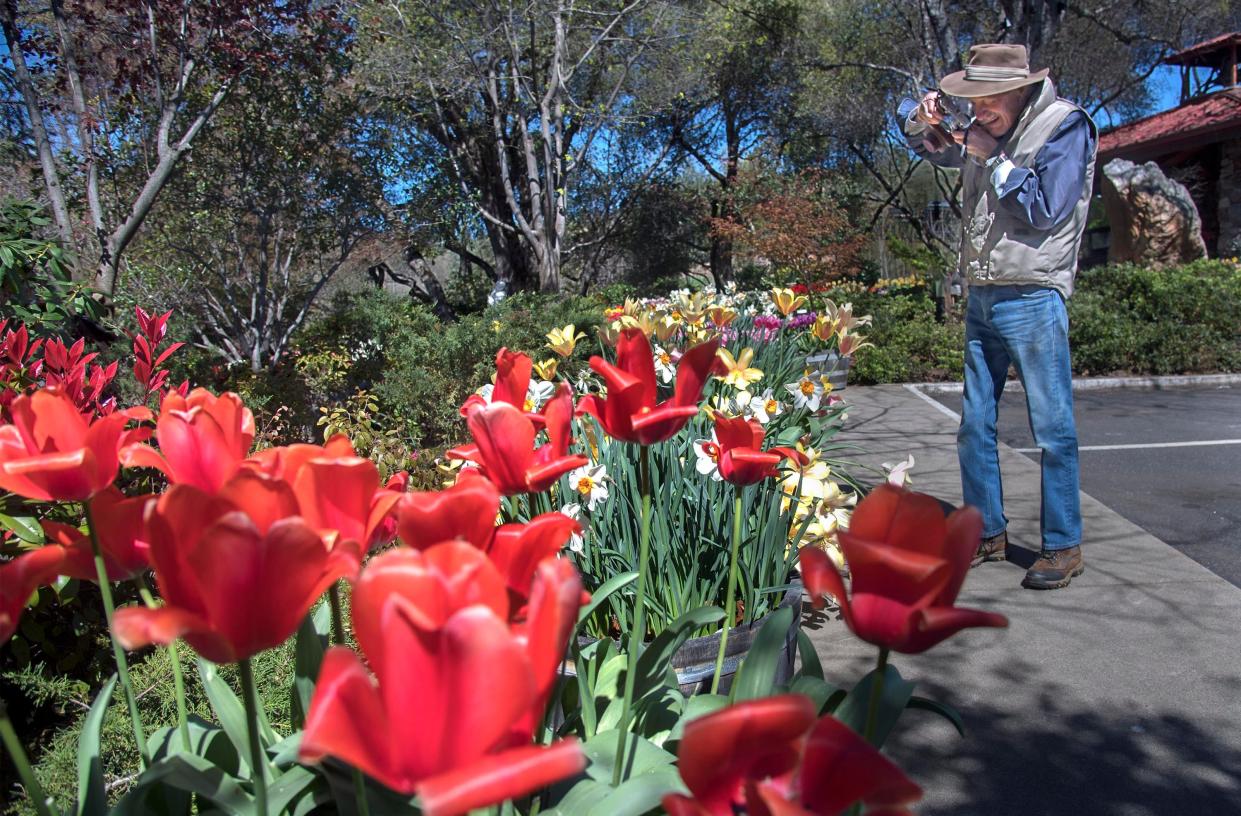
Spring is the season of blossoms, so the next Readers Photo Challenge assignment will be flowers. Flowers are naturally great subjects due to their vibrant colors and pleasing shapes. Nearly everyone has access to flowering trees or plants in their yards and homes or not far from them. You can travel to the countryside to photograph wildflowers or just to your local garden shop to get flowers on display.
There are a couple of different ways to approach shooting flowers. The first is to get a closeup by using a macro lens. There are other means, such as closeup filters, like magnifying glasses for an existing lens (available for smartphones too). If you don’t have a macro lens or close-up filter, you can try using a telephoto lens (or a zoom lens in its telephoto range) at its minimum or closest focus. The idea is to get as close as your camera/lens combination allows you.
Everyone’s first impulse is to get the entire blossom in the shot. But you don’t have to do that. Try getting close. You can get a portion of a flower or just a single petal for a compelling image.
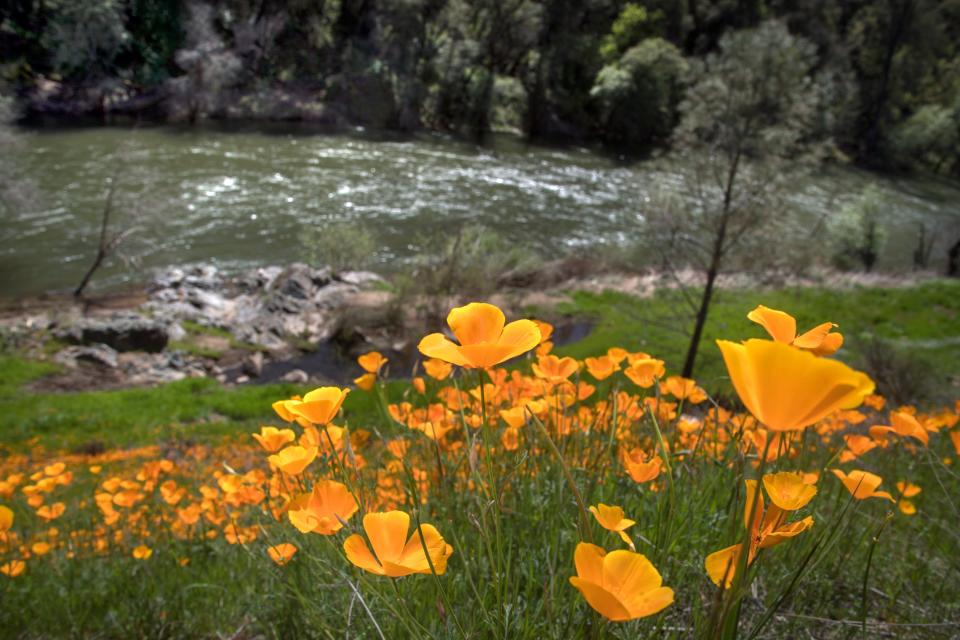
A wide-angle lens can also be used with flowers. You can use one at its minimum focus to get close to the flower, and the lens's wideness can allow a lot of the background in the frame to help give the image context. Flowers tend to be of the natural world, and manufactured things such as fences, buildings, or telephone poles look slightly out of place in the background. Try to avoid them if possible.
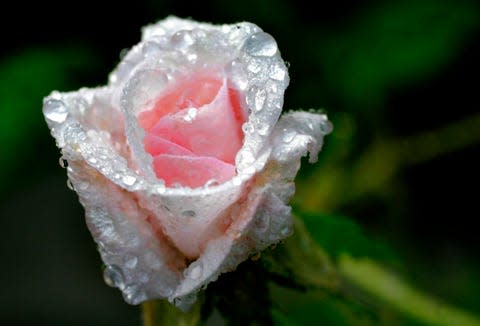
Speaking of backgrounds, make sure yours aren’t cluttered and distracting. With close-ups, dark scenes tend to work the best. Also, a narrow depth of field created by a wide aperture can help to emphasize a single flower while throwing others and the background out of focus.
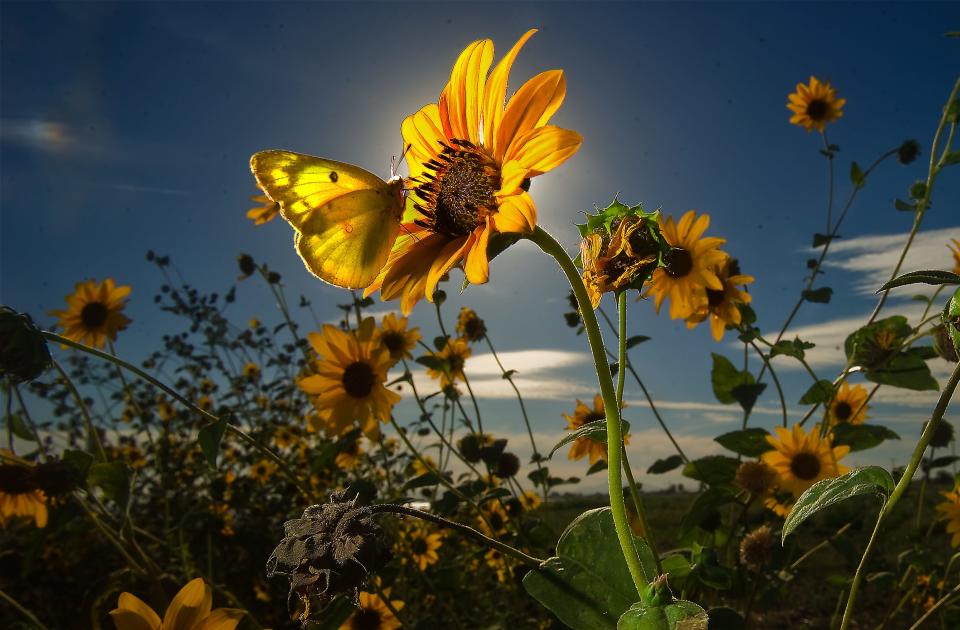
Backlighting and side lighting are the best with flowers. This helps to bring out the colors of the blossoms because they can be translucent and let some light through the petals. Front lighting is to be avoided. It tends to wash out those colors.
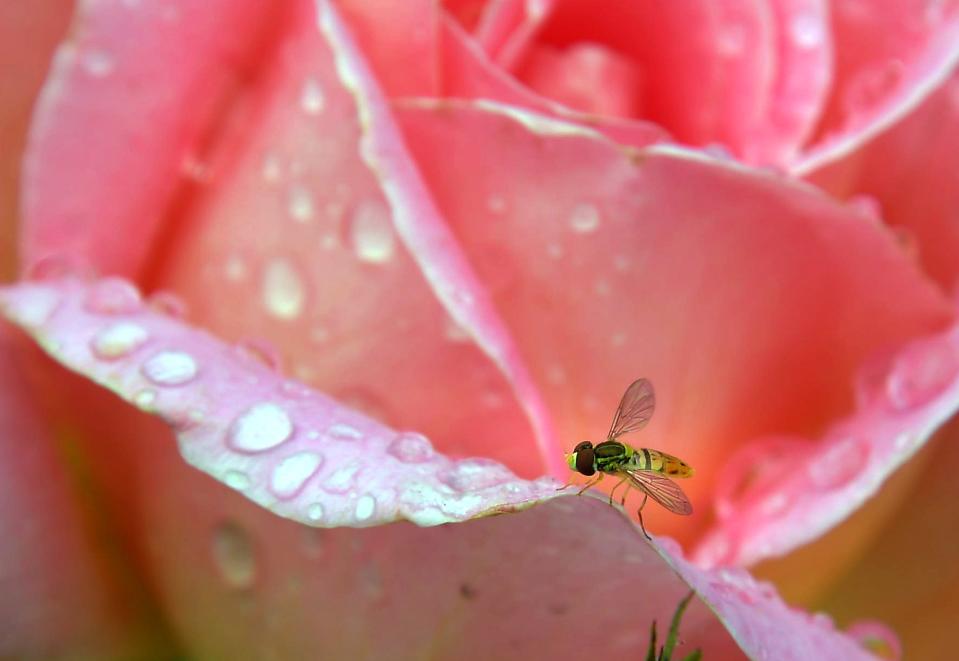
Usually, insects can be annoying pests, but if you wait for a bee or butterfly to land on a blossom, they can accent your flower picture.
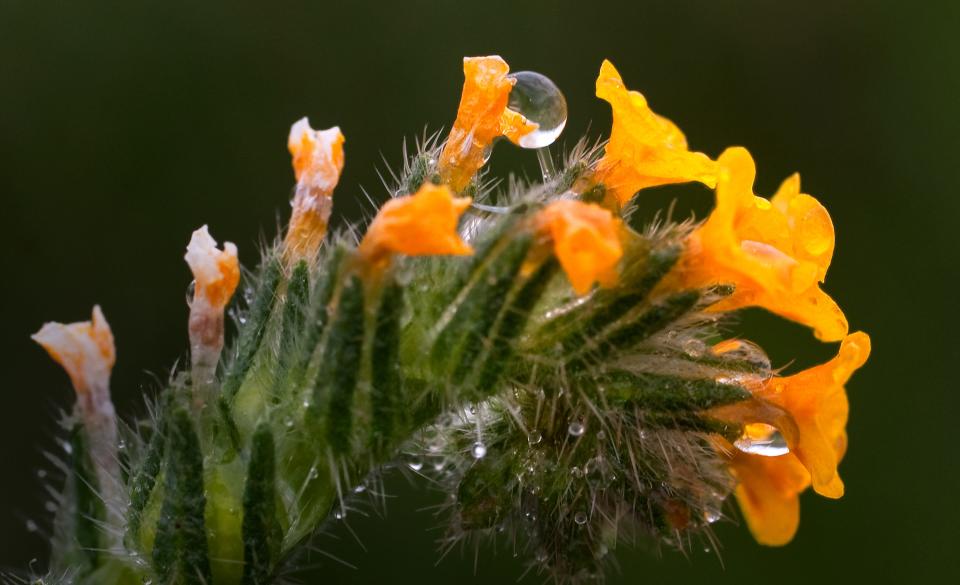
Raindrops can also add some visual interest to a flower. While you may wait for some rain that may or may not come, you can help things along yourself. Fill a spray bottle with clean water, and you can mist your flower and create your own “raindrops.”
Try to avoid windy weather. A windy day can blow a flower around and make it hard to focus. Try to shoot on a calm day or move to a sheltered area protected from the wind if you can.
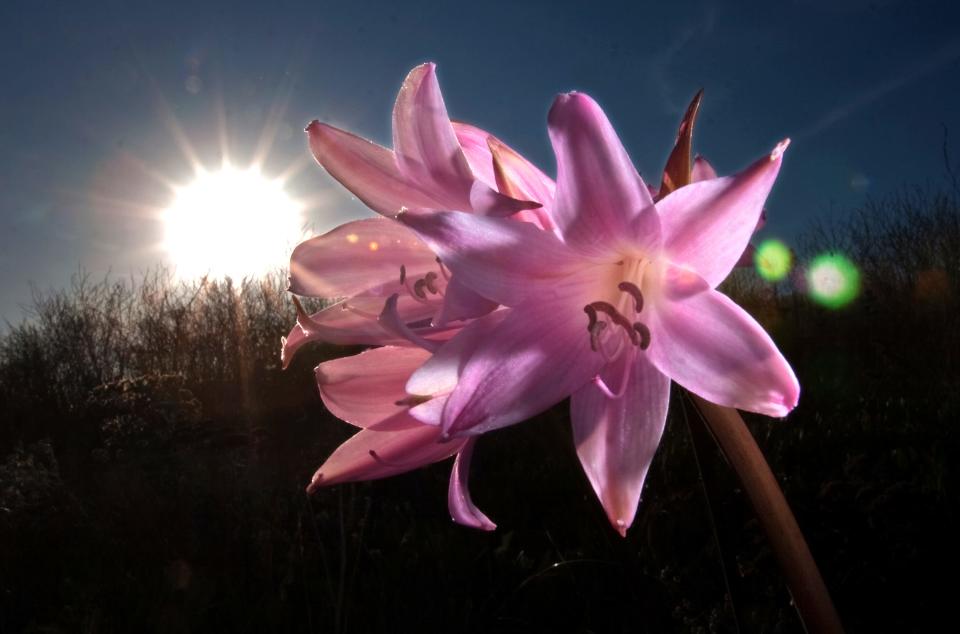
With this assignment, we’re introducing something new. We will be picking first and second-place top picks. First place will receive a certificate for having a 16x20-inch print made at UlmerPhoto (value $30) and a $25 gift card to a local eatery. Second place will get an 11x14 print from UlmerPhoto. So good luck and good shooting!
Record photographer Clifford Oto has photographed Stockton and San Joaquin County for over 38 years. He can be reached at coto@recordnet.com. To support local news, subscribe to The Stockton Record at https://www.recordnet.com/subscribenow.
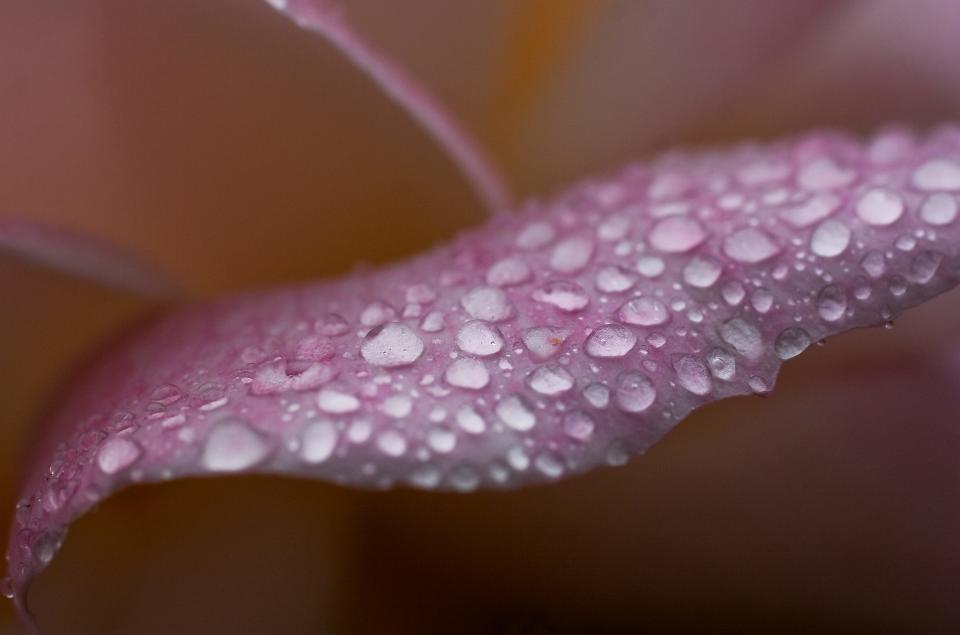
How to enter:
Photos have to be taken between April 25 and May 9.
2. Include your name (first and last), hometown, the kind of device you used, how you got your photo, and where it was taken (e.g., John Doe of Stockton, Canon 5D Mk III. Victory Park rose garden, Stockton).
3. If there is a recognizable person or persons in the photo, please identify them (name, age, hometown) and describe what is happening in the photo. Please indicate if and how they relate to you (friend, mother, father, daughter, son, etc.). For example: “My daughter Janie Doe, 12, sits in the rose garden at Victory Park in Stockton.”
4. Please feel free to include any interesting anecdotes or stories on how you took the picture.
5. The number of photos is limited to 10.
6. Entries can be emailed to coto@recordnet.com. The preferred format is jpeg. Type “Flowers” in the subject line.
7. The deadline for submission is May 9. Top picks will be published in the May 16 Record—an online gallery of all the photos on the same day at recordnet.com.
This article originally appeared on The Record: Photographers sought for latest Stockton Record photo challenge

